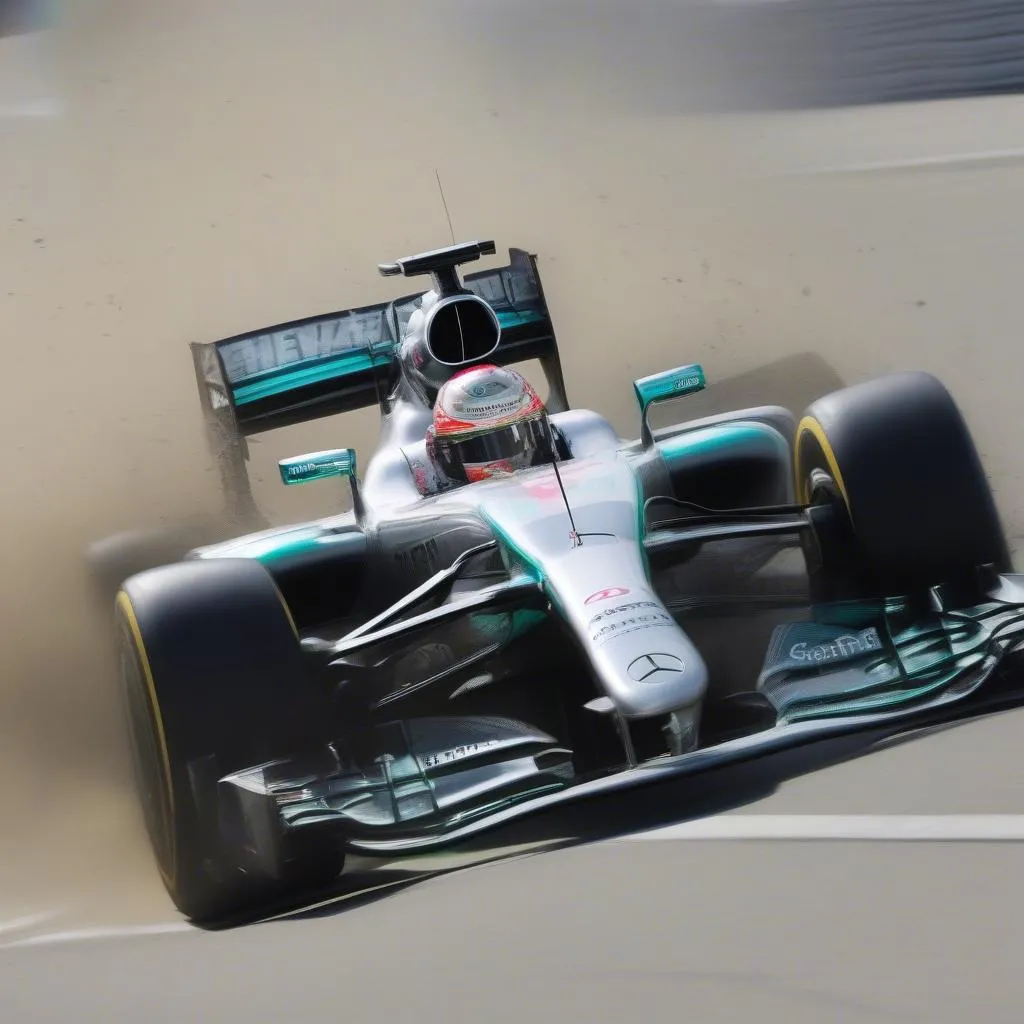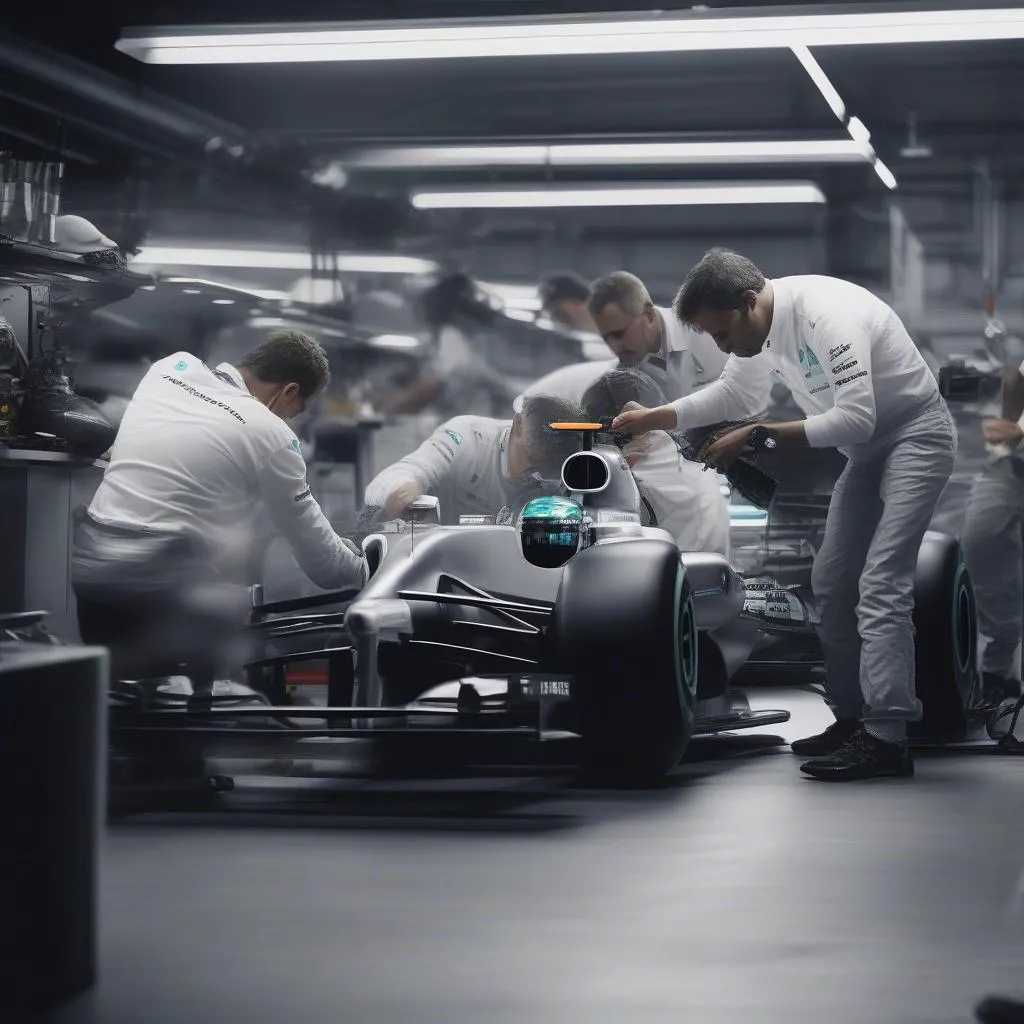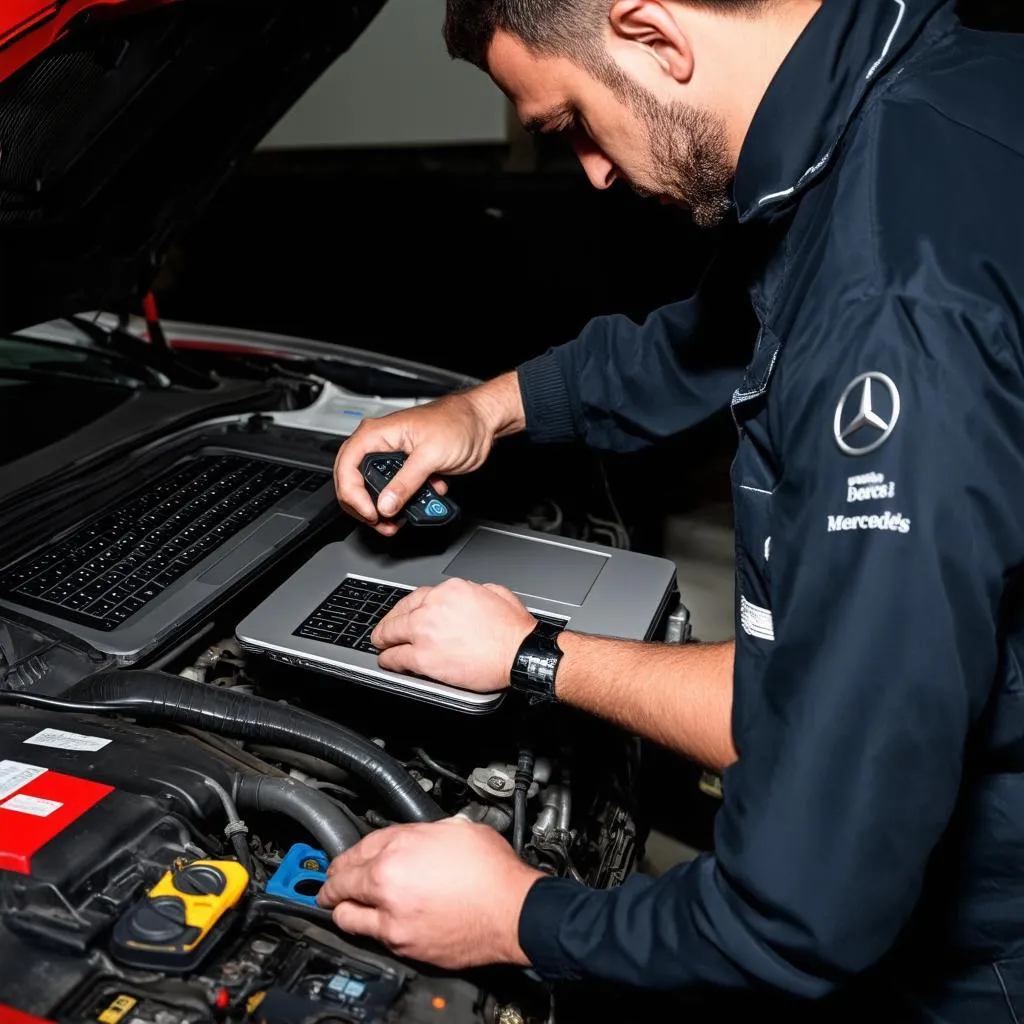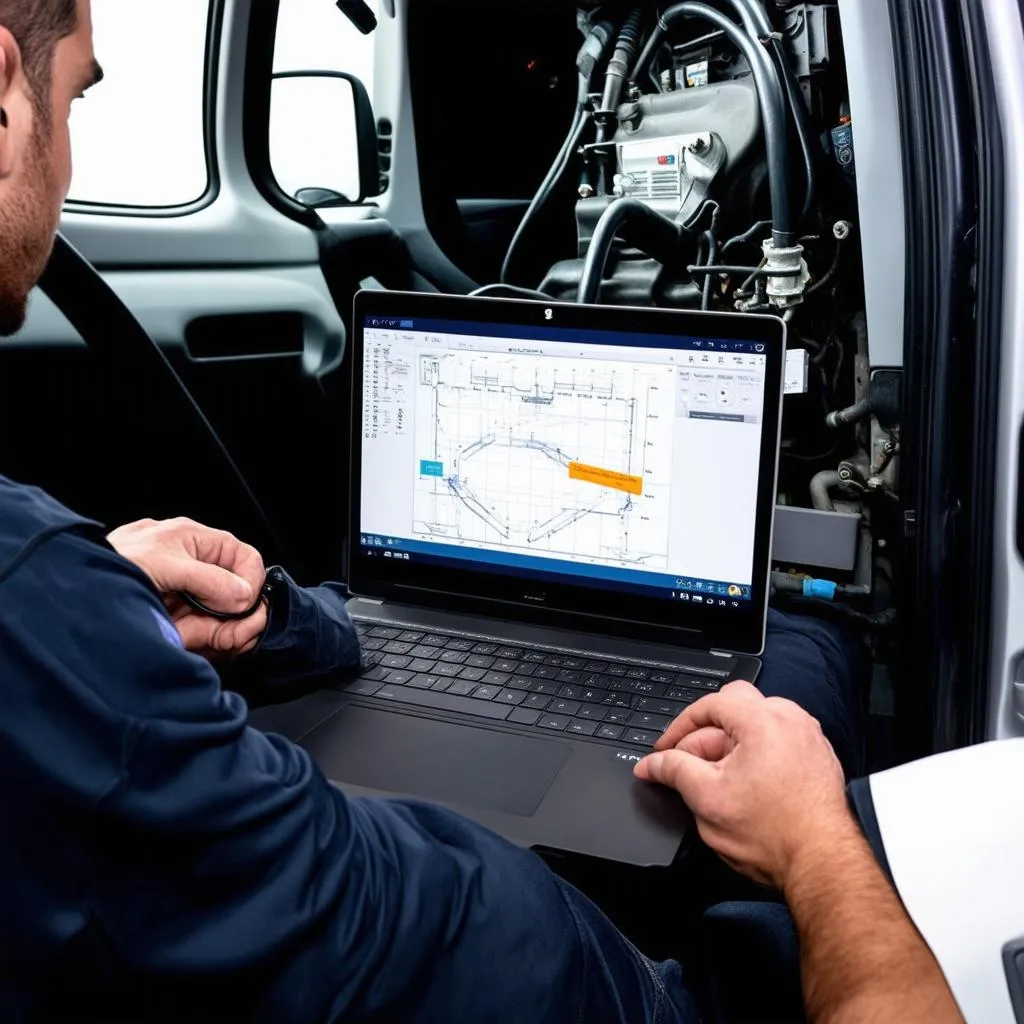Mercedes, known for its luxurious and high-performance vehicles, has also been a dominant force in Formula 1 racing. However, the 2022 season saw their cars suffer from a perplexing issue: porpoising. This phenomenon, where the car bounces up and down on the straights, plagued many teams, but Mercedes seemed to be hit particularly hard. So, can Mercedes fix porpoising?
This article delves into the intricacies of porpoising, explores how Mercedes is tackling the problem, and discusses what this means for their future performance.
Understanding Porpoising: A Bumpy Road
Porpoising arises from the aerodynamic complexities of the new 2022 F1 car design regulations. These regulations reintroduced ground-effect aerodynamics, aiming to allow cars to follow each other more closely and promote overtaking.
Ground effect essentially uses the car’s floor to generate downforce by creating a low-pressure area underneath. However, this effect can be disrupted as the car gets closer to the ground, causing a sudden loss of downforce and a subsequent rise. This cycle repeats, leading to the bouncing motion known as porpoising.
 Mercedes F1 car experiencing porpoising
Mercedes F1 car experiencing porpoising
Identifying the Issue: How to Tell If Your Mercedes is Porpoising
While the term “porpoising” is specific to F1 cars, similar symptoms could manifest in road cars, although less dramatically. If your Mercedes feels unstable at high speeds, experiences unusual vibrations, or exhibits a bouncing sensation, it might be worth investigating further.
However, it’s crucial to remember that many factors could contribute to such issues. Therefore, seeking professional diagnosis from a trusted mechanic or dealership is essential. You can also explore advanced diagnostic tools that might provide insights into your car’s performance.
For instance, CARDIAGTECH offers a range of products designed to help you understand and resolve car troubles.
Mercedes’ Fight Against Porpoising: A Glimpse into the Engineering Battle
Mercedes, like other teams, has been actively seeking solutions to mitigate porpoising. Addressing this issue requires a multi-faceted approach involving aerodynamic adjustments, suspension tuning, and even software updates.
- Aerodynamic Modifications: Teams have experimented with various wing angles, ride heights, and floor designs to find an optimal balance between downforce and minimizing the ground-effect sensitivity that triggers porpoising.
- Suspension Setup: Tuning the suspension stiffness and damping can help control the car’s vertical movement and reduce the severity of the bouncing.
- Software Updates: Teams constantly refine the software controlling various car systems, including engine mapping and active suspension, to optimize performance and mitigate unwanted behavior like porpoising.
Looking Ahead: Will Mercedes Overcome the Porpoising Challenge?
Mercedes has a long and illustrious history of innovation in motorsport. The team has a dedicated group of engineers tirelessly working to address the porpoising problem. While a definitive timeline remains uncertain, their track record suggests they will likely find ways to significantly reduce or eliminate the issue.
 Mercedes engineers working on their F1 car
Mercedes engineers working on their F1 car
Frequently Asked Questions about Porpoising and Mercedes
Q: Is porpoising dangerous for the driver?
A: While visually alarming, modern F1 cars are built with robust safety features. However, severe porpoising can compromise driver comfort, concentration, and ultimately, performance.
Q: Can porpoising damage the car?
A: Prolonged and severe porpoising can put stress on various car components, potentially leading to damage if left unaddressed.
Q: How are other F1 teams dealing with porpoising?
A: Similar to Mercedes, other teams are employing a combination of aerodynamic, suspension, and software-based solutions to combat porpoising. Some teams have been more successful than others in finding effective remedies. You can read more about how other teams are faring in our article: Will Mercedes Fix Porpoising?
Q: What software can I use to diagnose my Mercedes?
A: For professional-grade diagnostics, you might consider software like Xentry from Mercedes-Benz. However, numerous third-party options on the market cater to different needs and budgets. You can learn about different car diagnostic software in our dedicated article: F1 Mercedes Fix
Conclusion
Porpoising presents a unique challenge in Formula 1, highlighting the constant battle between aerodynamic performance and car stability. While it has impacted many teams, including Mercedes, the quest for solutions is ongoing.
With their engineering prowess and dedication to innovation, Mercedes is likely to find effective ways to minimize or eliminate porpoising, ensuring their cars can perform at their peak potential. The evolution of their solutions will undoubtedly shape the future of F1 car design and contribute to even more exciting races.


